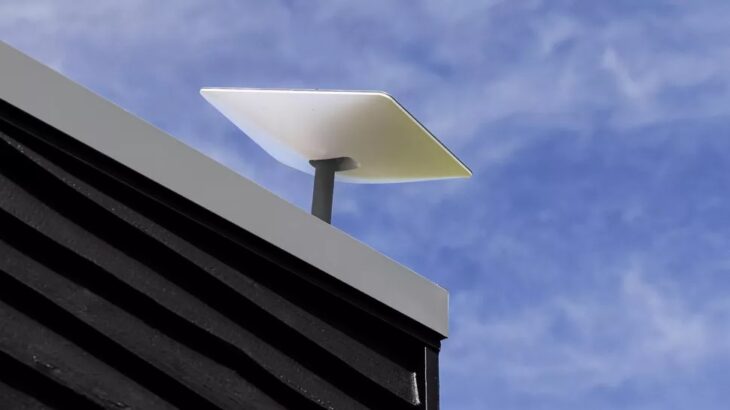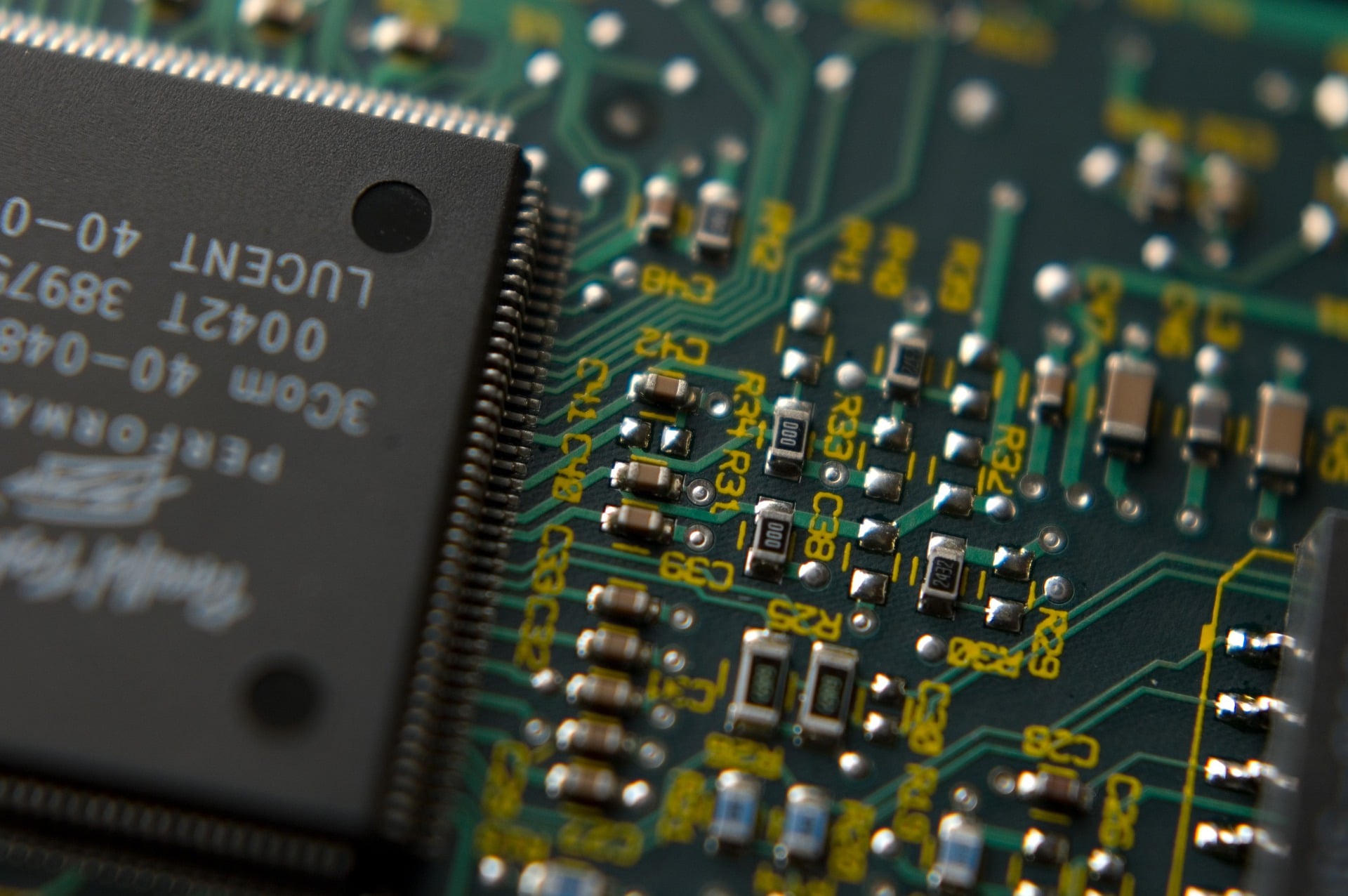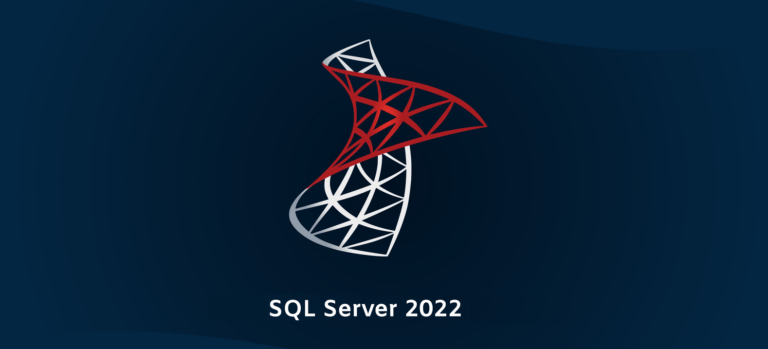Installing Windows Server 2019
In general, the installation process for Microsoft operating systems has improved dramatically over the past 15 years.

In general, the installation process for Microsoft operating systems has improved
dramatically over the past 15 years. I assume that a lot of you, as IT professionals, are
also the de facto neighborhood computer guru, being constantly asked by friends and
family to fix or rebuild their computers. If you're anything like me, this means you
are still occasionally rebuilding operating systems such as Windows XP. Looking at
the bright blue setup screens and finding a keyboard with the F8 key are imperative
to this process. To spend two hours simply installing the base operating system and
bringing it up to the highest service pack level is pretty normal. Compared to that
timeline, installation of a modern operating system such as Windows Server 2019 is
almost unbelievably fast and simple.
It is very likely that the majority of readers have completed this process numerous
times already, and, if that is the case, feel free to skip ahead a couple of pages. But
for anyone new to the Microsoft world, or new to IT in general, I'd like to take just a
couple of quick pages to make sure you have a baseline to get started with. Without
earning your Installing an OS 101 badge on your tool belt, that shiny server will
make for an interesting piece of wall art.
Burning that ISO
The first thing you must do is acquire some installation media. The most
straightforward way to implement a single new server is to download an .ISO
file from Microsoft, burn that .ISO to a DVD, and slide that DVD in to be used for
installation. Since the website links and URLs are subject to change over time, the
most trustworthy way to acquire your .ISO file to be used for installation is to open
a search engine, such as Bing, and type Download Windows Server 2019. Once you
have landed on the official Microsoft downloads page, click on the link to download
your .ISO file and save it onto the hard drive of your computer.
The trickiest part of getting an .ISO file to be a workable DVD used to be the need to
download some kind of third-party tool in order to burn it to a disc while making it
bootable. If you are running an older client operating system on your computer, this
may still be the case for you. I have watched many who are new to this process take
the .ISO file, drag it over to their disc drive, and start burning the disc. This creates
a DVD with the .ISO file on it, but that .ISO is still packaged up and not bootable
in any way, so the disc would be worthless to your new piece of server hardware.
Luckily, the newer versions of the Windows client operating systems have builtin
functions for dealing with .ISO files that make the correct burning process very
simple.
Once you have your .ISO file for the Windows Server 2019 installation downloaded
onto your computer, insert a fresh DVD into your disc drive and browse to the new
file. Simply right-click on the .ISO file, and then choose your menu option for Burn
disc image. This launches a simple wizard that will extract and burn your new .ISO
file the correct way onto the DVD, making it a bootable installation media for your
new server.

It is probable when you attempt to download Windows Server 2019 and use this
Windows Disc Image Burner utility with a DVD that you grabbed off your stack of
standard blank DVDs, that you will receive the following error message: The disc
image file is too large and will not fit on the recordable disc.
This should come as no surprise because our operating system installer files have
been getting larger and larger over the years. We have now reached the critical
tipping point where the standard Server 2019 ISO installer is larger than a standard
4.7 GB DVD disc. To burn this ISO onto a DVD, you will need to hit the store and
find some dual-layer discs that can handle more data.
Creating a bootable USB stick
DVDs can be cumbersome and annoying, and now they are also too small for
our purposes. Therefore, when installing the newer, larger operating systems it
is becoming commonplace to prep a USB stick to use for the installation of the
operating system, rather than relying on a DVD.
To do this, all you need is a Windows computer, a USB stick that is at least 8 GB, and
access to the internet. You will need to download the same ISO that we discussed
earlier, as that contains all of the installation files for Server 2019. Then you will
also need to download and install some kind of bootable USB creation tool. There
are various free ones available (Rufus is pretty popular), but the one straight from
Microsoft is called the Windows 7 USB/DVD Download Tool. Why does it have this
crazy name that includes the words Windows 7 right in it? Don't ask me.
But, it works nonetheless and is a quick, easy, and free way to prep your bootable
USB sticks for fresh operating system installations. I should point out that this
tool has nothing to do with Windows 7. It will take any .ISO file and turn it into a
bootable USB stick. That ISO can be a Windows 10 or Server 2019 ISO file and it still
works just fine. You can also install and run the Windows 7 USB/DVD Download
Tool on a Windows 10 workstation without any trouble.
Once the USB DVD Download Tool is installed, launch the application and simply
walk through the 4-step wizard.
You will need to identify the ISO that you want the tool to grab information from,
then choose your USB stick from a drop-down list. After that, simply click the Begin
copying button and this tool will turn your USB stick into a bootable stick capable of
installing the entire Windows Server 2019 OS.

Running the installer
Now go ahead and plug your newly created DVD or bootable USB into the new
server hardware. Boot to it, and you will finally see the installation wizard for
Windows Server 2019. Now, there really are not that many options for you to choose
from within these wizards, so we won't spend a lot of time here. For the most part,
you are simply clicking on the Next button in order to progress through the screens,
but there are a few specific places where you will need to make decisions along the
way.
After choosing your installation language, the next screen seems pretty easy. There's
just a single button that says Install now. Yes, that is what you want to click on, but
I want you to notice the text in the lower-left corner of your screen. If you are ever
in a position where you have a server that cannot boot and you are trying to run
some recovery or diagnostic functions in order to resolve that issue, you can click on
Repair your computer in order to launch into the recovery console. But for our fresh
server installation, go ahead and click on Install now.

You will now be asked to input a product key to activate Windows. If you have your
keys already available, go ahead and enter one now. Otherwise, if you are simply
installing this to test Server 2019 and want to run in trial mode for a while, you can
click on the link that says I don't have a product key in order to bypass this screen.
The next screen is an interesting one, and the first place that you really need to start
paying attention. You will see four different installation options for Windows Server
2019. There are what seem to be the "regular" installers for both Server 2019 Standard
as well as Server 2019 Datacenter, and then a second option for each that includes the
words Desktop Experience. Typically, in the Microsoft installer world, clicking on
Next through every option gives you the most typical and common installation path
for whatever it is that you are installing. Not so with this wizard. If you simply glide by
this screen by clicking on Next, you will find yourself at the end with an installation
of Server Core. We will talk more about Server Core in a later chapter of the book,
but for now, I will just say that if you are expecting to have a server that looks and
feels like what we talked about in Chapter 1, Getting Started with Windows Server
2019, this default option is not going to be the one that gets you there. This "Desktop
Experience" that the wizard is talking about is the full Windows Server graphical
interface, which you are more than likely expecting to see once we are done with our
installation. So, for the purposes of our installation here, where we want to interact
with the server using full color and a mouse, go ahead and decide whether you want
the Standard or Datacenter edition, but make sure you choose the option that includes
Desktop Experience before clicking on the Next button.

The next screen details licensing terms to which you need to agree, and then we
come to another screen where the top option is most likely not the one that you
intend to click on. I do understand why the Upgrade function is listed first for
a consumer-class Windows 10 machine, but it has historically been a pretty rare
occurrence that administrators accomplish in-place upgrades to Windows Servers.
In a perfect world where everything always works flawlessly following upgrades,
this would be a great way to go. You could have many servers all doing their jobs,
and every time that a new operating system releases, you simply run the installer
and upgrade them. Voila—magic! Unfortunately, it doesn't always work like that,
and I almost never see server administrators willing to take the risks in doing an
in-place upgrade to an existing production server. It is much more common that we
are always building brand new servers alongside the currently running production
servers. Once the new server is configured and ready to accept its responsibilities,
then, and only then, does the actual workload migrate over to the new server from
the old one. In a planned, carefully sculpted migration process, once the migration of
duties is finished, then the old server is shut down and taken away.
If we were able to simply upgrade the existing servers to the newest operating
system, it would save an awful lot of time and planning. But this is only feasible
when you know that the upgrade is actually going to work without hiccups, and
most of the time we are not prepared to take that risk. If an upgrade process goes
sideways and you end up with a broken server, then you are looking at a costly
repair and recovery process on a business-critical production server. You may very
well be looking at working through the night or weekend as well. Would you rather
spend your time planning a carefully formed cutover, or recovering a critical server
with the business breathing down your neck because they cannot work? My money
is on the former.
Now back to the topic at hand. In the Windows Server world, we rarely touch
the Upgrade option. So go ahead and choose the Custom: Install Windows only
(advanced) option, which is where we will get into our options for installing this
copy of Windows Server 2019 fresh into a new location on the hard drive.

Now we decide where we want to install our new copy of Windows Server 2019. In
many cases, you will simply click on Next here, because your server will have just
a single hard disk drive, or maybe a single RAID array of disks, and, in either case,
you will see a single pool of free space onto which you can install the operating
system. If you have multiple hard drives installed on your server and they have not
been tied together in any way yet, then you will have multiple choices here of where
to install Windows Server. We have just a single hard disk attached here, which has
never been used, so I can simply click on Next to continue. Note here that if your
drives had existing or old data on them, you have the opportunity here, with some
disk management tools, to format the disk, or delete individual partitions. If you are
using some specialized disks that take specific drivers, there is also a Load driver
button that you can use to inject these special drivers into the installation wizard in
order to view these kinds of disks.
Also, it is important to note on this screen that while there is a button to create a New
disk partition, you do not have to do this in order to continue. Many new admins
assume that you must manually create the partition so Windows knows where
to install its files.

That's it! You will see the server installer start going to town copying files, installing
features, and getting everything ready on the hard drive. This part of the installer
runs on its own for a few minutes, and the next time you need to interact with
the server it will be within the graphical interface where you get to define the
administrator password. Once you have specified a password, you will find yourself
on the Windows desktop. Now you are really ready to start making use of your new
Windows Server 2019.
















